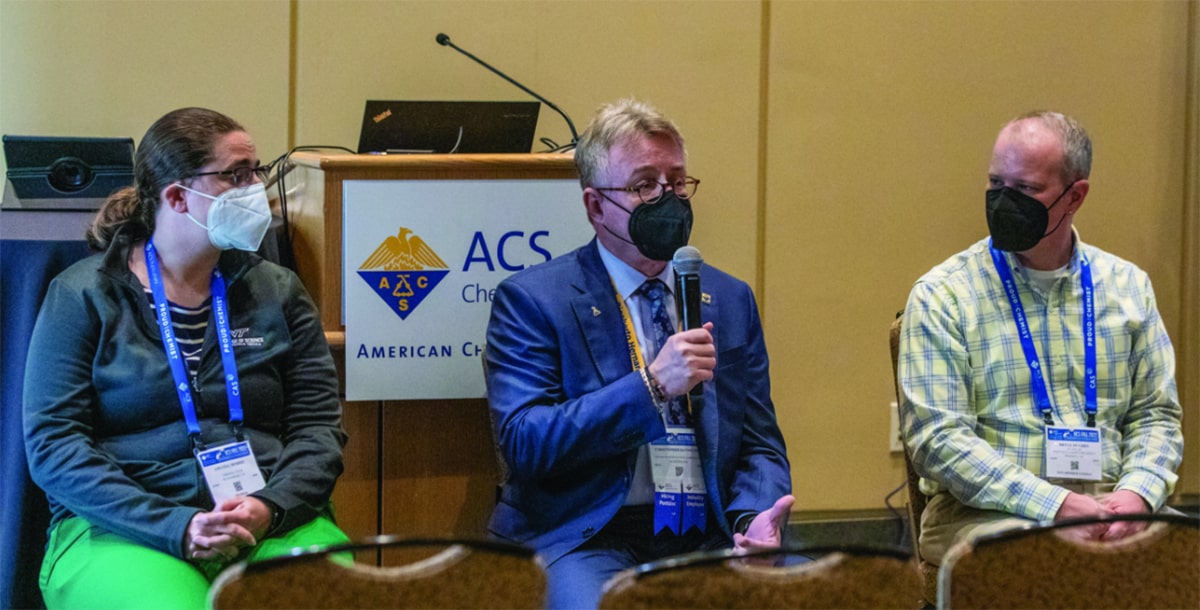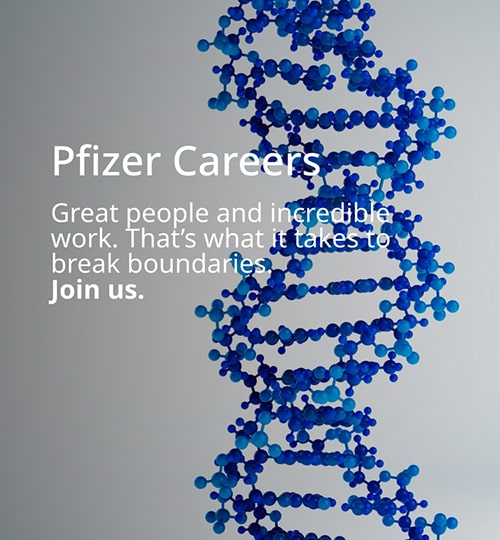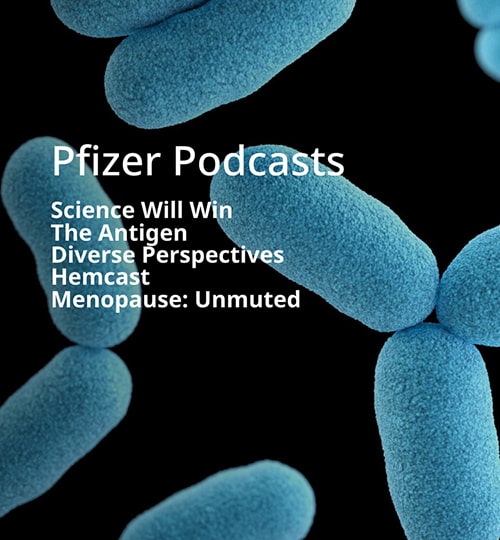D iversity of all kinds is fundamental to a flourishing culture in scientific fields. Advocates still struggle with questions about how best to encourage and maintain that culture, however, especially when it comes to gender and sexual diversity. Should professors and teaching assistants ask students about their pronouns? Should they make sharing that information voluntary to avoid outing anyone? What are the safest, most effective reporting avenues for LGBTQ+ students, faculty, and employees to file formal complaints to halt ongoing discrimination? How can organizations and individual allies proactively pursue education and equity initiatives to avoid placing an additional burden on marginalized populations?
Creating supportive, inclusive environments for gender and sexual minorities is key to pursuing equity and diversity in science, technology, engineering, and math (STEM) fields overall. While LGBTQ+ people and allies have achieved increased visibility and legal protections in recent decades, many LGBTQ+ people still face significant barriers in their professional and personal lives. Specific pressures and power structures in STEM fields create unique challenges and considerations for helping LGBTQ+ people succeed and thrive. These challenges are also intersectional: LGBTQ+ people of color in the academy report more negative experiences than their white peers (ILR Rev. 2019, DOI: 10.1177/0019793919843508).
To promote inclusion in chemistry and beyond, the American Chemical Society Fall 2022 meeting featured a session titled “Barriers and Resolutions for Maintaining Your LGBTQ+ Identity in STEM,” organized by East Carolina University’s Sambuddha Banerjee and Virginia Tech’s Amanda Morris, who are both outspoken advocates for LGBTQ+ students and colleagues. Increasingly, employers that hope to attract top scientific talent, such as Pfizer, are taking steps to increase workplace diversity and inclusion.

LGBTQ+ scientists face challenges at every step
Discrimination, stress, and lack of belonging are some of the factors that can make it more difficult for LGBTQ+ students to stay and progress in STEM fields. During the ACS session, Montana State University education researcher Bryce Hughes highlighted his findings that students who reported identifying as a sexual minority (for example, gay, lesbian, bisexual, or queer) were less likely to remain in STEM fields despite showing higher rates of engagement in research activities that typically correlate with success (Sci. Adv. 2018, DOI: 10.1126/sciadv.aao6373). Hughes says these students may encounter overt hostility or subtler discrimination such as assumptions that they are “less serious” because of their identity.
For those who do remain in STEM, systematic exclusion and unfair pressures can carry into their careers. “Scientific fields are very competitive, so people don’t want anything to risk grants or opportunities,” explains Annette Silvia, senior director and oncology clinical lead at Pfizer. “If LBGTQ+ people don’t feel 100% safe and comfortable, they won’t come out. They’ll want to fly under the radar.”
That lack of safety and comfort can have a cascade of negative effects: recent research indicates that LGBTQ+ scientists who do not disclose their sexual identity in professional settings produce fewer peer-reviewed publications than heterosexual colleagues or LGBTQ+ colleagues who have disclosed their identities (PLOS One 2022, DOI: 10.1371/journal.pone.0263728).
Cultivating safety and respect in organizations
Fortunately, there are steps that companies and institutions can take to combat these obstacles and promote inclusion for LGBTQ+ students and career scientists in STEM. Hughes’ research indicates that an increased sense of belonging—defined by a combination of safety and respect—is associated with increased retention of LGBTQ+ students in STEM fields (J. Homosex. 2021, DOI: 10.1080/00918369.2021.1996101). Organizations can contribute to that sense of belonging in many ways, any of which can be a place to start.
Hughes says that even subtle shifts in norms such as displaying pride flags or putting pronouns in email signatures can make a difference. Silvia agrees, based on both career observations and personal experience. Reflecting on changes she’s seen over the course of her career, she says it is even more impactful when companies and institutions ensure that gender-neutral bathrooms are available.
Organizations can also create structures of support for LGBTQ+ scientists. For example, the Out Pfizer Employee Network (OPEN) connects LGBTQ+ colleagues and allies at Pfizer through chapters across the globe, makes judgment-free spaces available for people to share their stories, and sponsors events and initiatives to provide education and spark conversations about LGBTQ+ experiences and inclusion.
Inclusive business practices are also a chance for organizations to demonstrate support. Silvia points to Pfizer’s expansion of benefits to include domestic partnerships, trans-affirming healthcare, adoption, and surrogacy, and to its sponsorship of legal and political actions supporting LGBTQ+ rights at the federal level. “Some issues feel too big to fight as an individual, but it gives you hope when you see your company doing it,” she says.
How individuals can support LGBTQ+ scientists
While organizations may have more power to effect sweeping change, individuals can also have a life-changing impact on each other. Senior LGBTQ+ scientists who are out in the workplace can model vulnerability, inspire, and empower students and younger scientists.
Allies can contribute to a sense of inclusiveness, through advocacy and self-education as well as through day-to-day gestures such as using pronouns intentionally and avoiding heteronormative assumptions, says ACS session panelist Chris Bannochie of Savannah River National Laboratory.
Elizabeth Ann Nalley, professor at Cameron University and another speaker at the ACS session, pointed out that many LGBTQ+ scientists come from families and communities that do not include mentors or peers who share their sexual or gender identity, which makes mentorship and supportive peer relationships even more critical for continued identity development and belonging. Mentors can provide guidance, advice, and strategic feedback that helps LGBTQ+ students and early-career scientists confidently bring their whole selves to the table.
“You don’t want to miss out on the greatness individuals have to offer just because you unintentionally failed to include them,” Silvia says. “You’re not going to get it perfect every time, but it’s worth the effort.”
- Gender and sexuality section of the ACS Inclusivity Style Guide
- ACS Pride, a subdivision of ACS’s division of professional relations
- LGBT+ toolkit from the Royal Society of Chemistry
- LGBTQ+ & Allies community of the AIChE




